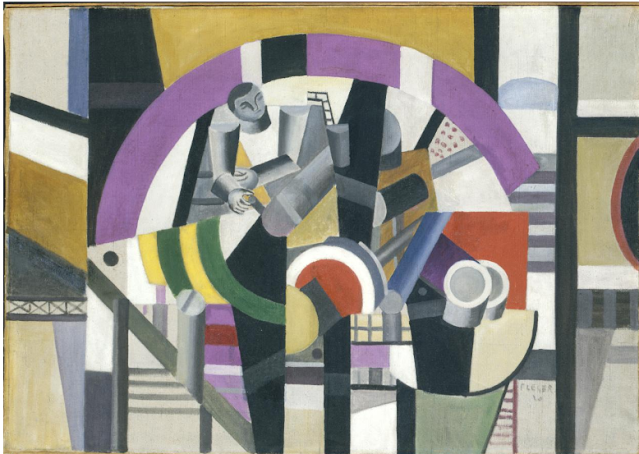Diego Velazquez, "The Rokeby Venus"
Today's painting comes by special request from a frequent reader. I have avoided the subject since starting this blog, but I think it is about time I take it on!
Female nudes have been painted for centuries, and many artists have taken their turn. Drawing and painting the human body has been a standard in art schools since the renaissance, the idea being that a study of the muscles, bones, and sections are essential to doing justice to the whole. The female figure has been especially admired in Europe, but old Puritan standards in the U.S. have kept it behind closed doors here.
Our painting today is one of the oldest I have shown. The artist is the Spaniard, Diego Velazquez (1599-1660) and the title is The Rokeby Venus. An exact date is not known but given as 1647-51. The title comes from Rokeby Park in County Durham, England where the painting hung for much of the 19th century. The painting shows the goddess Venus and her son, Cupid, who was the Roman god of physical love.
Certainly there are several ways of discussing this painting. My reading and schooling has convinced me that male artists painted female nudes as goddesses because it was an acceptable method of creating an erotic subject. To make a goddess was to paint an ideal, and not a recognizable person. Here Venus is looking into a foggy, grey mirror so her face is there, but undistinguishable. It wasn't until Edouard Manet came along that he dared to shock the world with a known, recognizable woman ("Luncheon on the Grass", "Olympia", both created in 1863)
I also realize artists need to make a living, and many struggled. I wonder if some female nude paintings weren't done simply because they were marketable. Velazquez was a highly praised court artist, creating many portraits of the established Spanish rulers, and their courts. This painting was done late in his career, when he was at the summit of his profession. Although many of his paintings and drawings have been lost, this is his only known nude. So, my guess, is that for him, selecting this subject was done simply for his own pleasure.
The structure of this painting is remarkable. The curves of all fabric flow consistent with the lines of the figure. Her head is framed in the only "empty" space, the back wall. The colors are mainly monochromatic, with a beautiful rose-red fabric, as the backdrop for Cupid, while she reclines on greys and ecru, whites. Those same rose, ecru tones are used for the tones of the skin.
"The Rokeby Venus" is an oil on canvas measuring 48 inches by 49.7 inches. It was done sometime between 1647 and 1651, and is now part of the permanent collection of the National Gallery, London.
Make Art a part of your life, it's a beautiful thing to do.




The flesh tones are just remarkable. The vertical cupid, contrasts with all the flowing horizontal lines. The history is interesting; the composition is amazing. It is sensuous but not exploitive. Fabrics are beautifully rendered. Did he have a model?? He certainly flatters the female form. I'm guessing he's had more unknown paintings and drawings of nudes, judging by the excellence of this one. It's a shame they were not admired in the US , in respectable art work, as they were in Europe. What a lovely painting!!
ReplyDeleteYes, I think it is lovely, too. One of the reasons, I think, is that this painting reinforces our 21st century idea of female beauty....as in slim, but not over or under weight. Renoir did quite a few nudes that I consider really ugly....to fat....and I have seen some very early ones of Adam and Eve where the figures are super thin. It is interesting to see over time, how human bodies have changed due to styles or political, natural forces (the plague, war, pandemics).
ReplyDelete